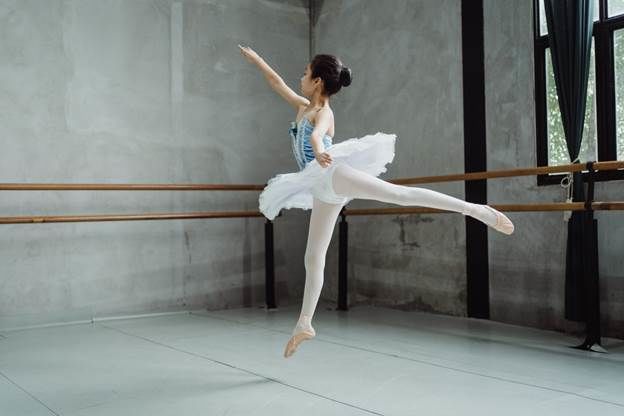Ballet dancing is an art that is enjoyed and admired by many. You might wonder why ballet dancers still wear specific forms of clothing, such as tutus and leotards, even after the invention of modern-day tights or leggings.
In this blog post, we will discuss why leotards and tutus are always the preferred choice of clothing for ballet.
What Is a Leotard?
Leotard is a skin-fitted suit that covers the body from shoulders to the crotch. You will typically find sleeveless, short, or long-sleeved leotards for ballet. Apart from their use in ballet dancing, leotards are also worn for yoga, gymnastics, and as an additional layer for warmth under casual wear.
What Is a Tutu?
Tutu is a dress generally worn for ballet performances, usually with an attached bodice. It can be made up of thin, stiff material, such as silk, nylon, muslin, tarlatan, tulle, or gauze. Tutus are designed with a stiff fabric so that they do not fall or droop below the waistline.
Why Do Ballet Dancers Wear Leotards and Tutus?
Freedom of Movement
The primary reason for wearing leotards is that they provide freedom of movement while dancing. Leotards and tutus allow greater mobility and stability while performing different and difficult ballet moves. Since the art is so complex and requires the dancers to jump, twist, and swirl around, it is essential to wear clothes that provide greater flexibility and comfort.
Aesthetic Appeal
Leotards and tutus look very elegant and are comfortable to wear. Ballet is a form of art; leotards and tutus allow the audience to see the visual effects of the movement and precision. They provide an impression of lightness and flight while highlighting and accentuating the beautiful ballerina. The tutu, in particular, has become an integral part of ballet dancing because it provides a far greater aesthetic appeal. A tutu is designed with great detail to ensure that it provides both comfort and elegance to the dancer.
Prevent Injury
Ballet teachers are able to inspect if every dancer has the right alignment and correct posture; thus, preventing the risk of falling and getting injured. If the alignment is incorrect, the student can easily make the wrong move and get injured. Therefore, most ballet dancers choose to wear leotards and tutus to prevent unnecessary risks of falling and hurting themselves, especially while performing on-stage.
Many ballet dancers are required to wear leotards and tutus to highlight the gestures and movement of their dancing. These outfits provide great flexibility and comfort along with safety by preventing injuries.

